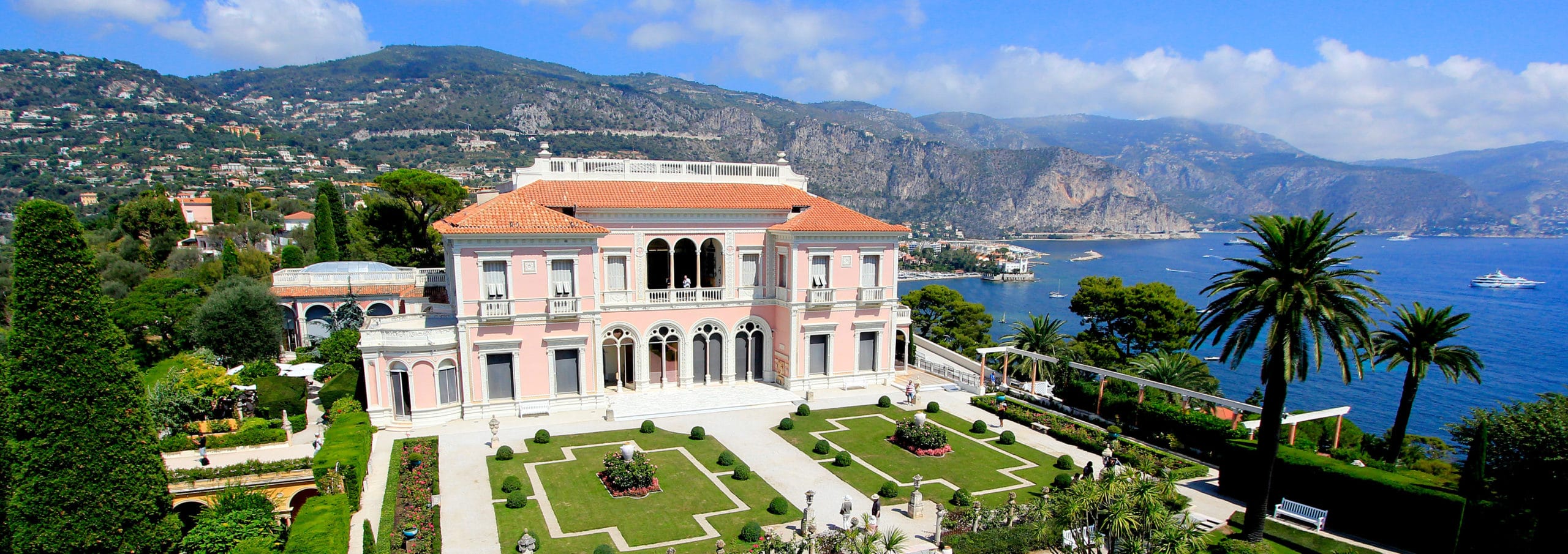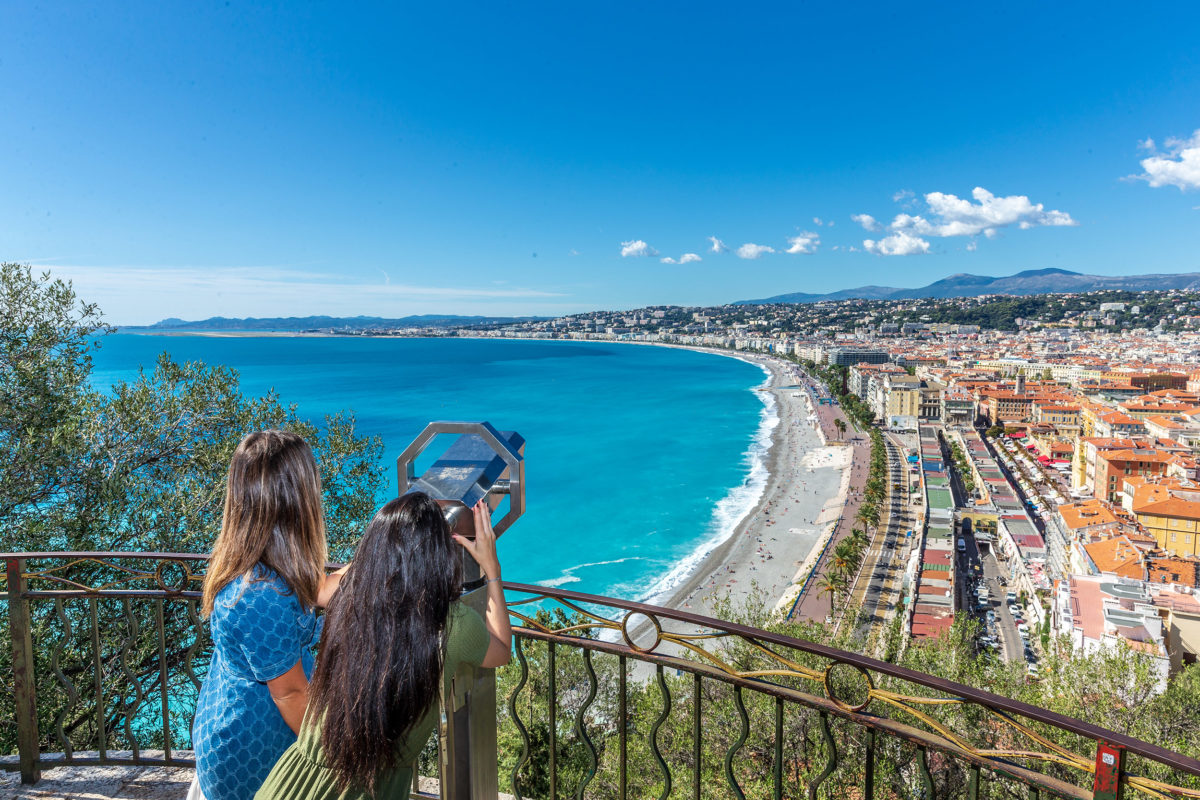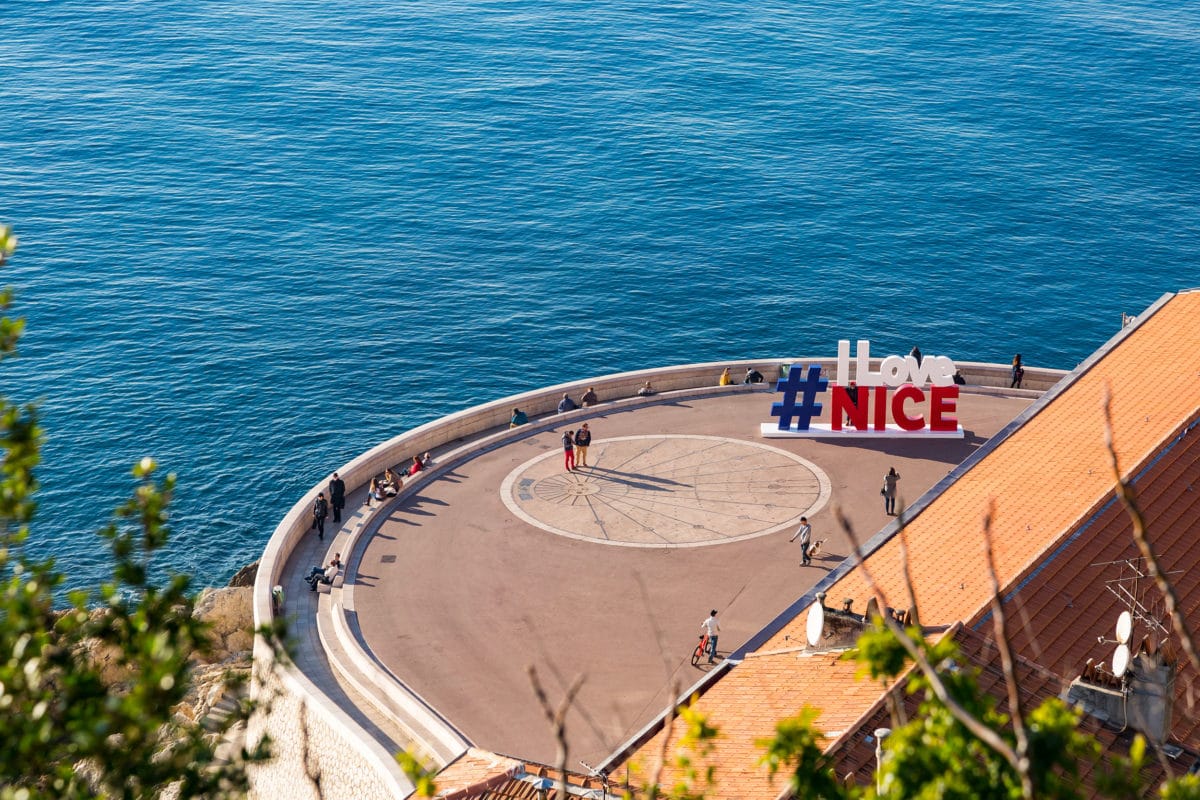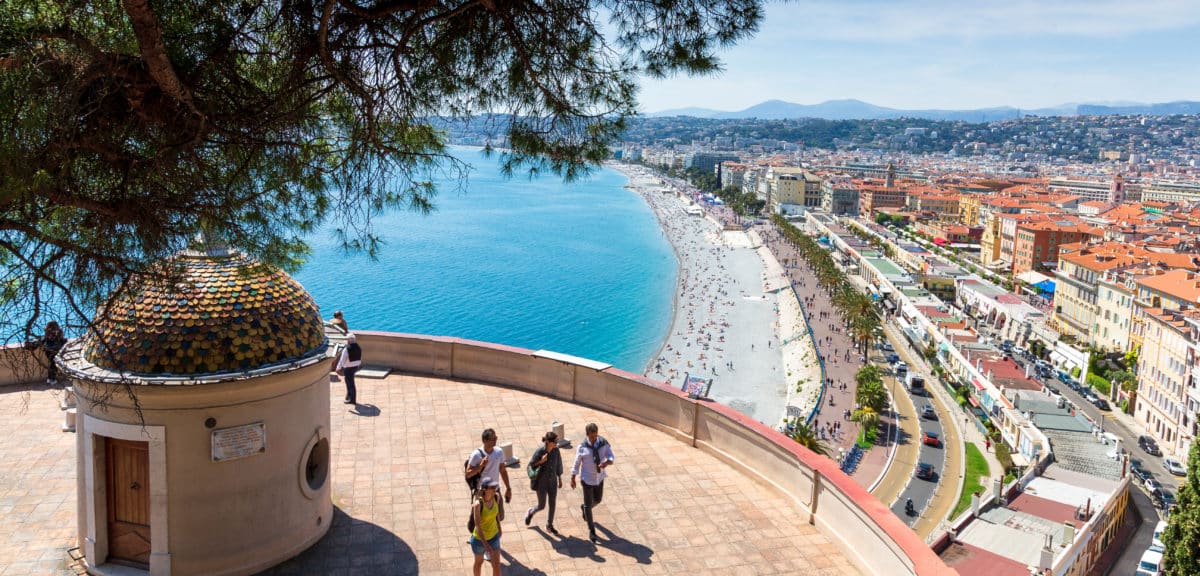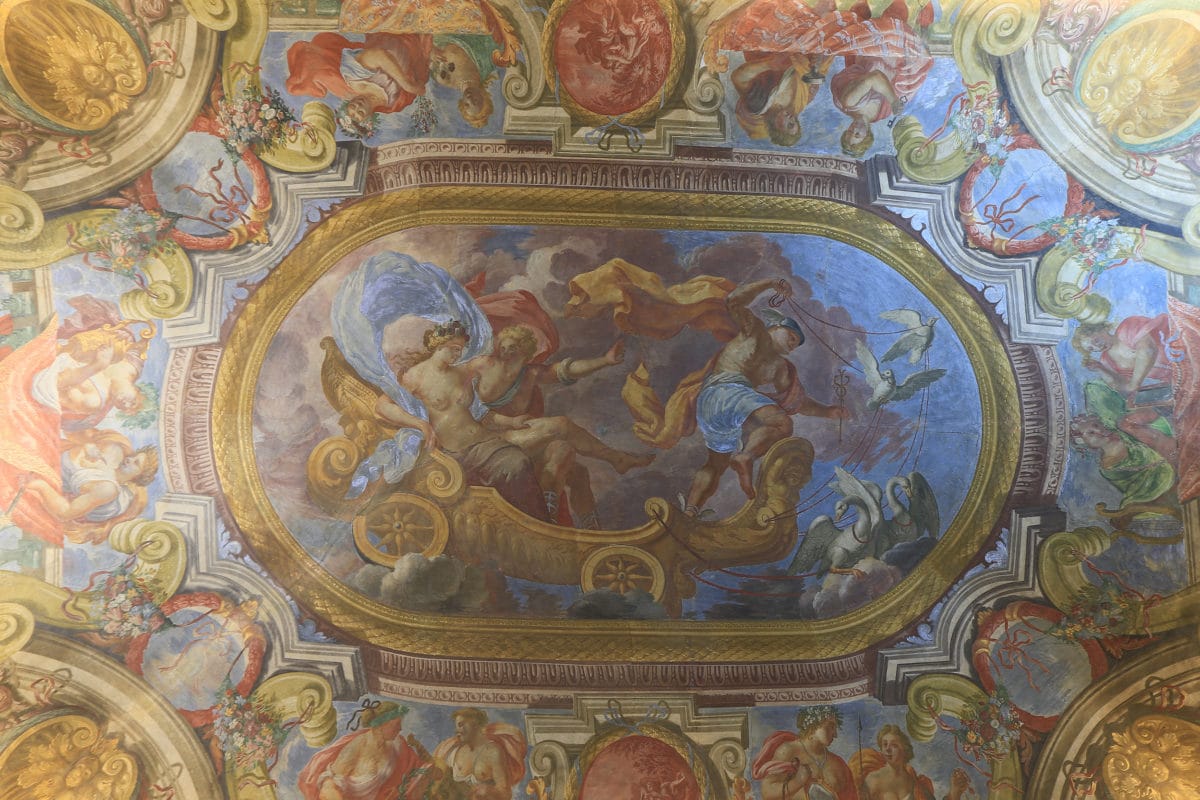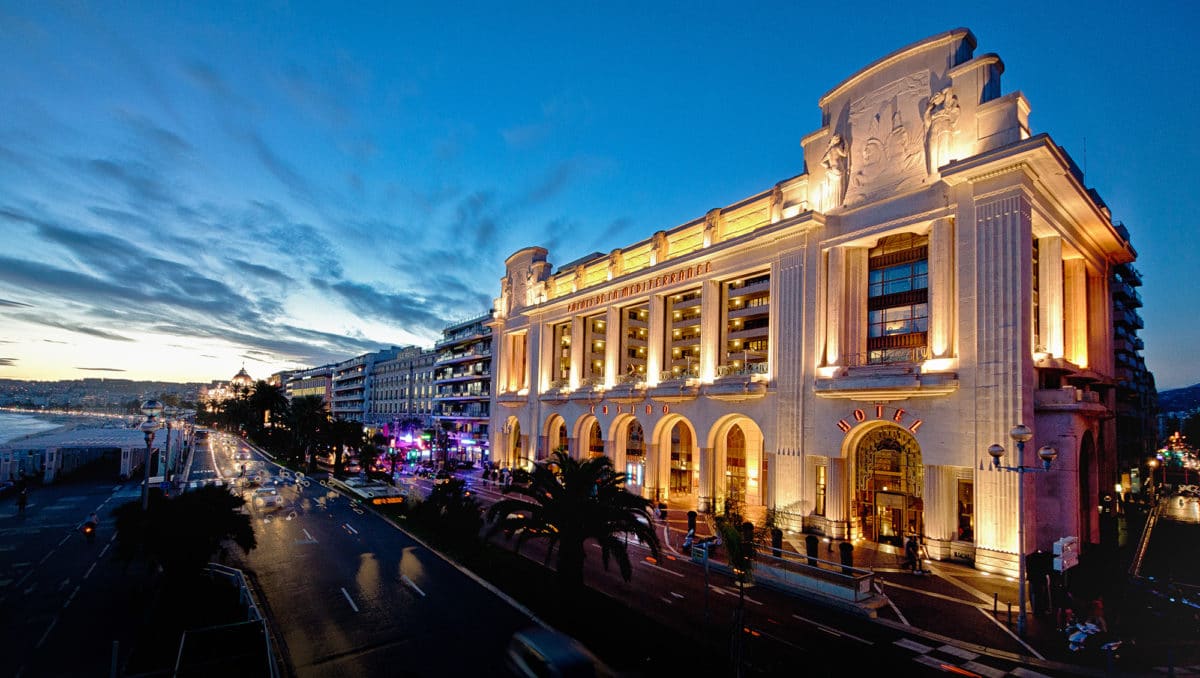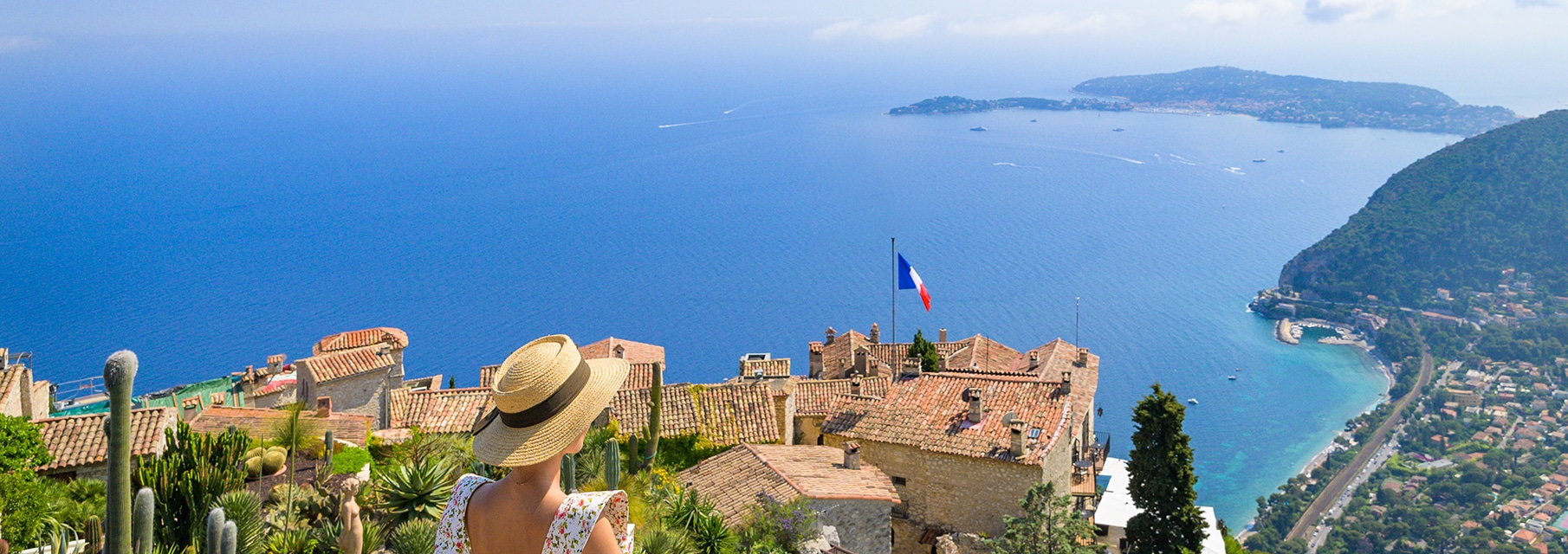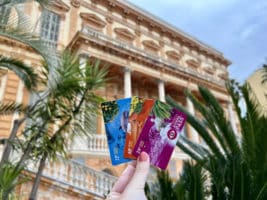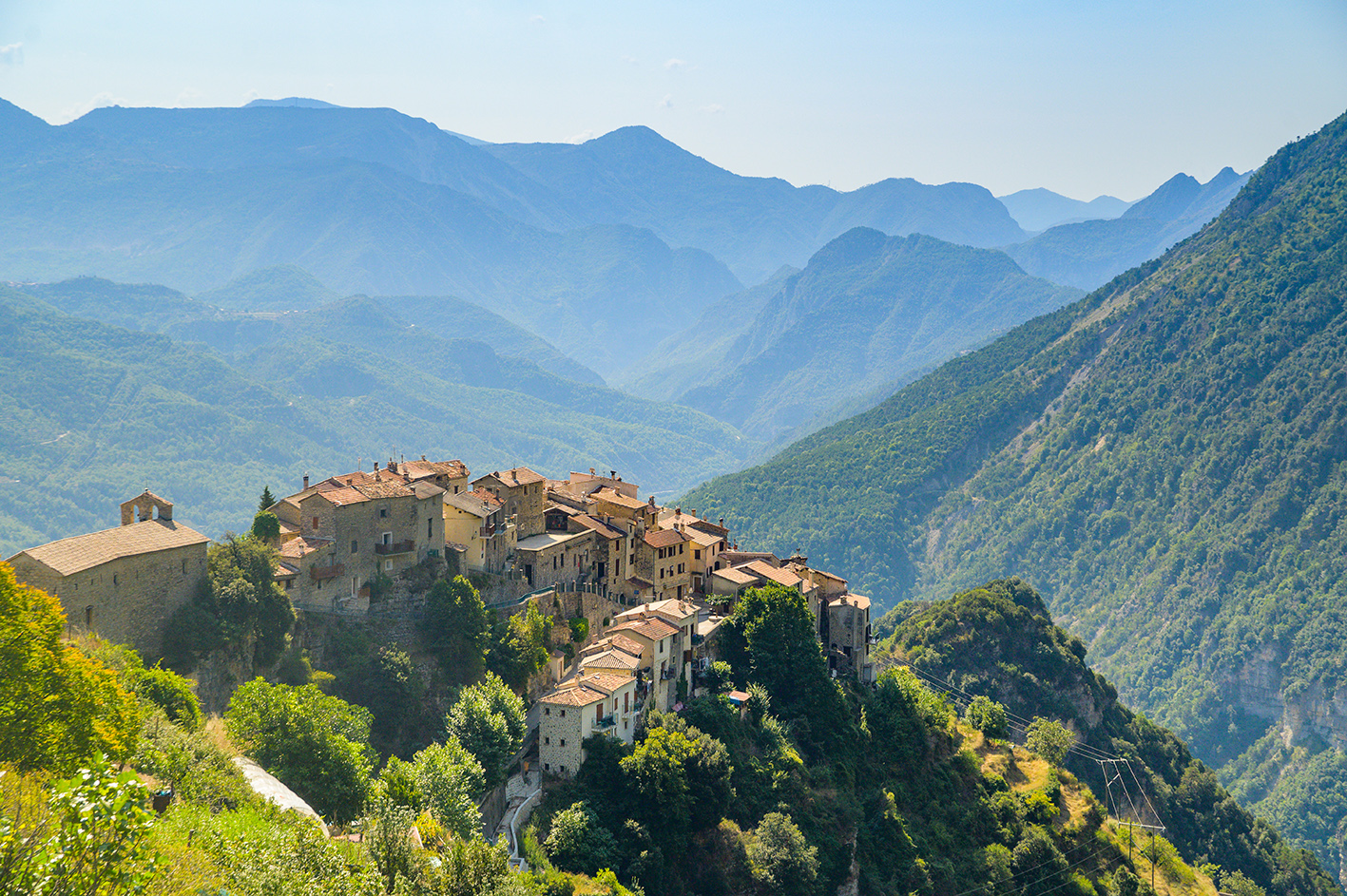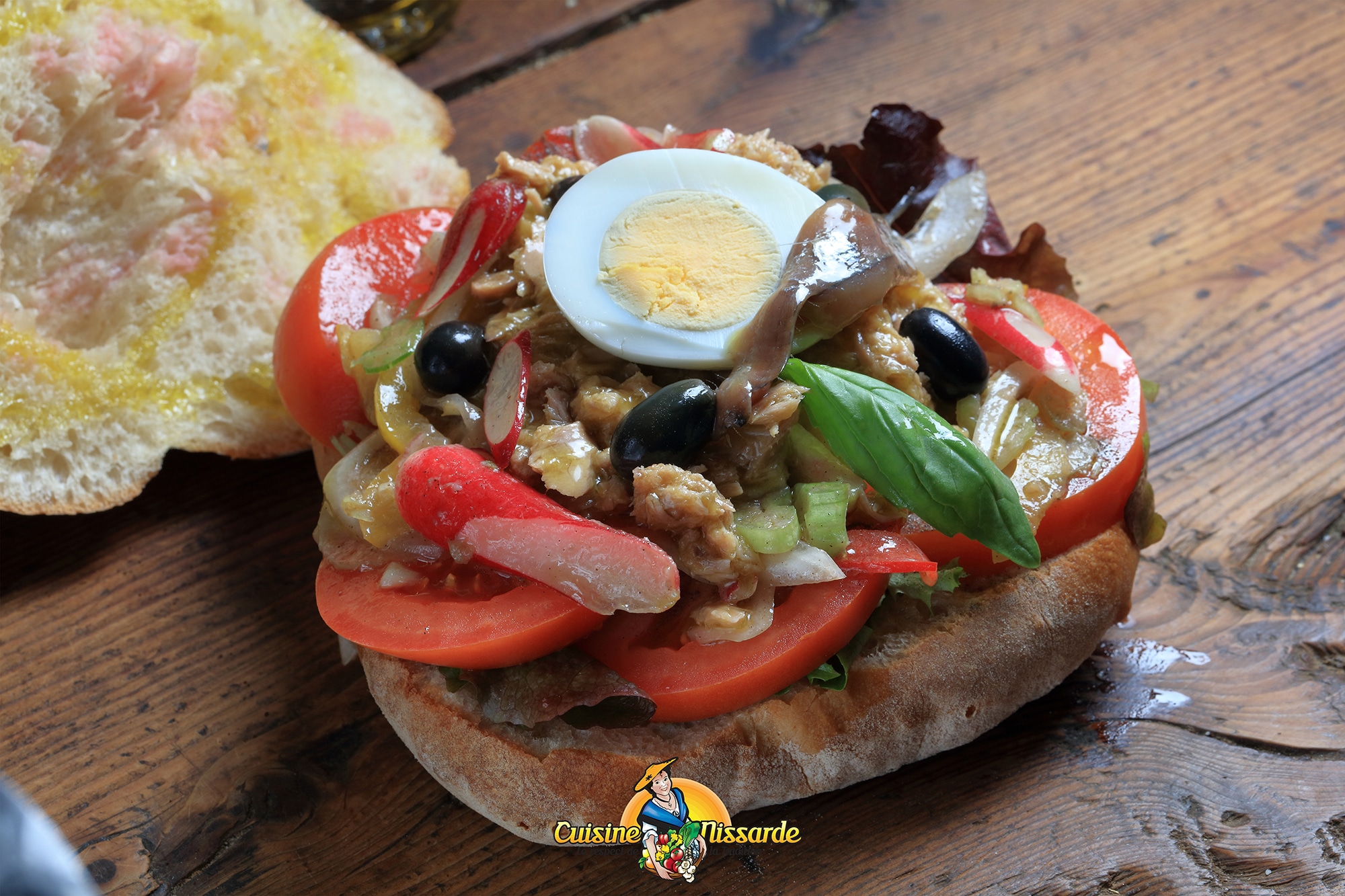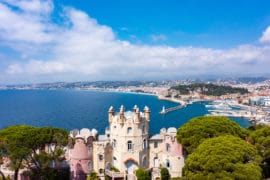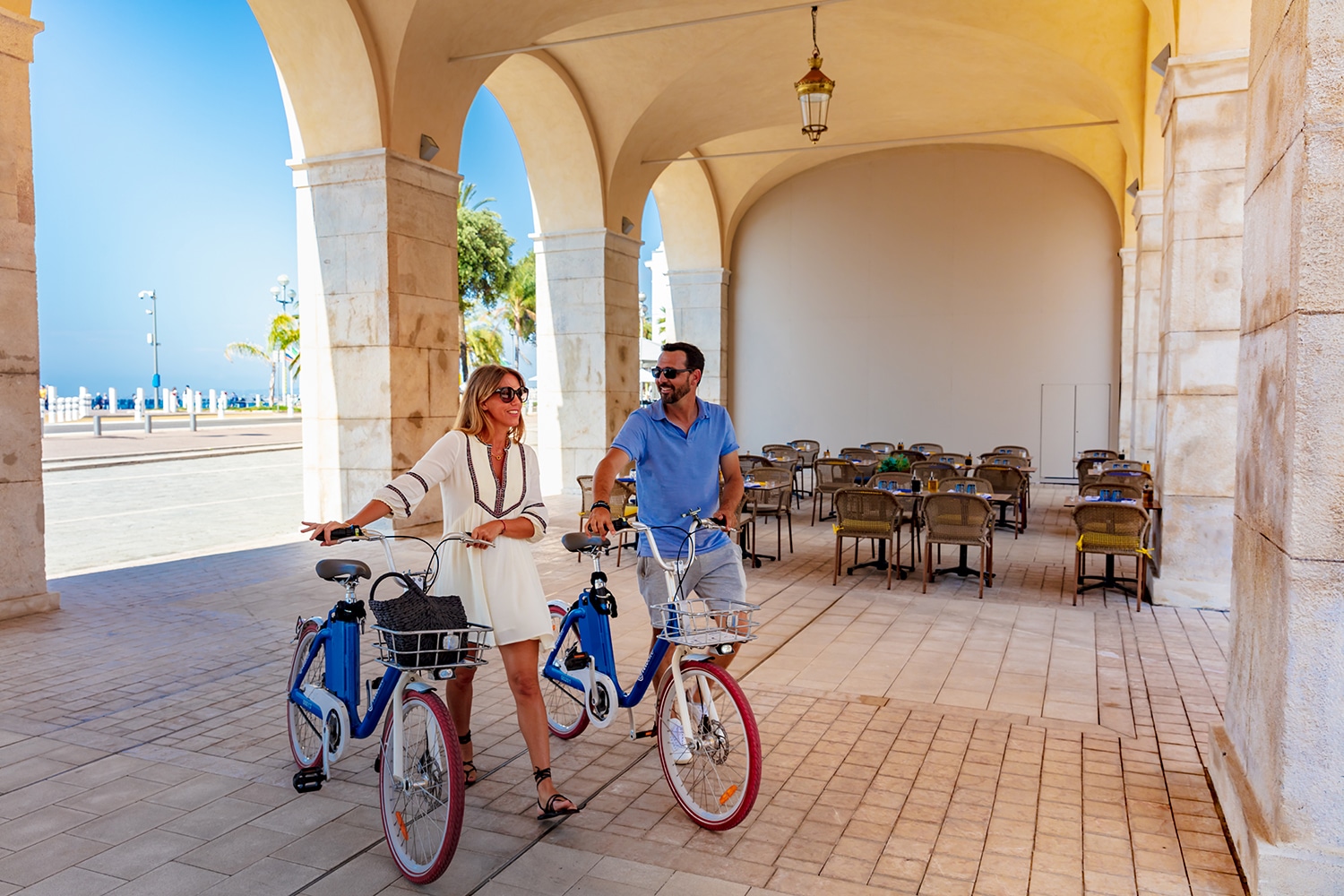Discovering the Belle Epoque heritage
21 January 2023
The Nice Côte d’Azur region was “shaped” during the Belle Époque, which left us with an extraordinary heritage. As illustrated by the numerous architectural details, in the buildings and palaces (some would say follies) that line the avenues and promenades of the seaside, in the streets… Some coastal towns are an undisputed witness to this glorious past. Nice, Beaulieu-sur-Mer or Cap d’Ail invite us to travel in the footsteps of the Belle Époque.
What is the Belle Époque? Although for some it is synonymous with blessed times, it remains a very specific period in history. The Belle Époque is, moreover, synonymous with progress and great changes on the social, architectural and artistic levels… It is situated towards the end of the 19th century until the beginning of the First World War in 1914.
Did you know?
The term “Côte d’Azur” was invented during the Belle Époque!
It was coined by Stéphen Liégeard, a French civil servant and writer, who used it in 1887.
Since July 2021, Nice has been promoted to the Unesco World Heritage list as “winter resort city of the Riviera” for its architectural, landscape and urban heritage!
1 – Elegant and creative architecture
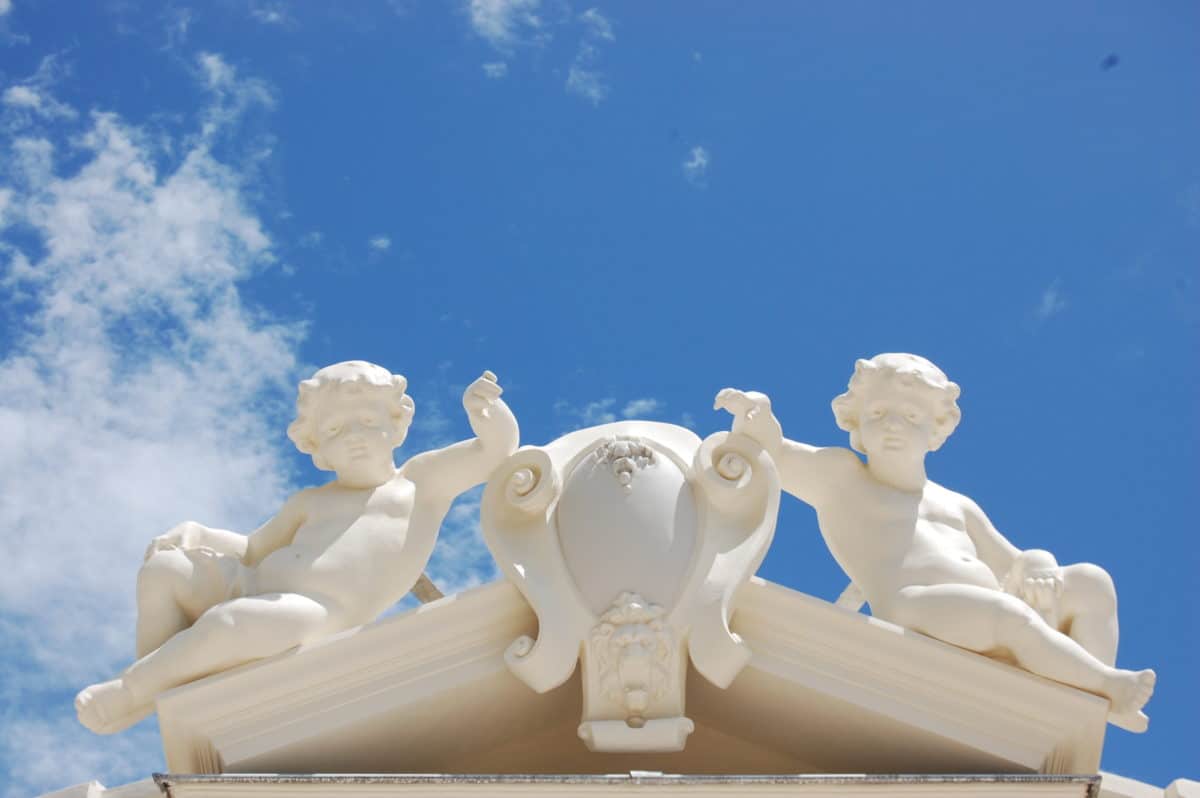
Angelots, awnings or canopies, balconies with railings, cupolas, wall decorations, fountains, friezes and frescoes are all elements that can be found in Belle Époque architecture. Elegant and creative, it seduces us with its originality and its particular curves. Many districts of Nice are marked by these architectural elements… So keep your eyes open, it’s all in the details!
With their almost unlimited resources and the desire to always do better than their neighbours, the wealthy winterers helped (with their eccentric projects) to shape the Côte d’Azur. As a result, luxury hotels were built to accommodate this demanding population eager to enjoy modern comforts. Over the years, palaces, buildings and leisure facilities were built, as the different districts of Nice still testify. If these buildings are today an integral part of our identity and heritage, one can imagine that in the Belle Époque, they must have imposed themselves somewhat in the landscape and among the neighbourhood!
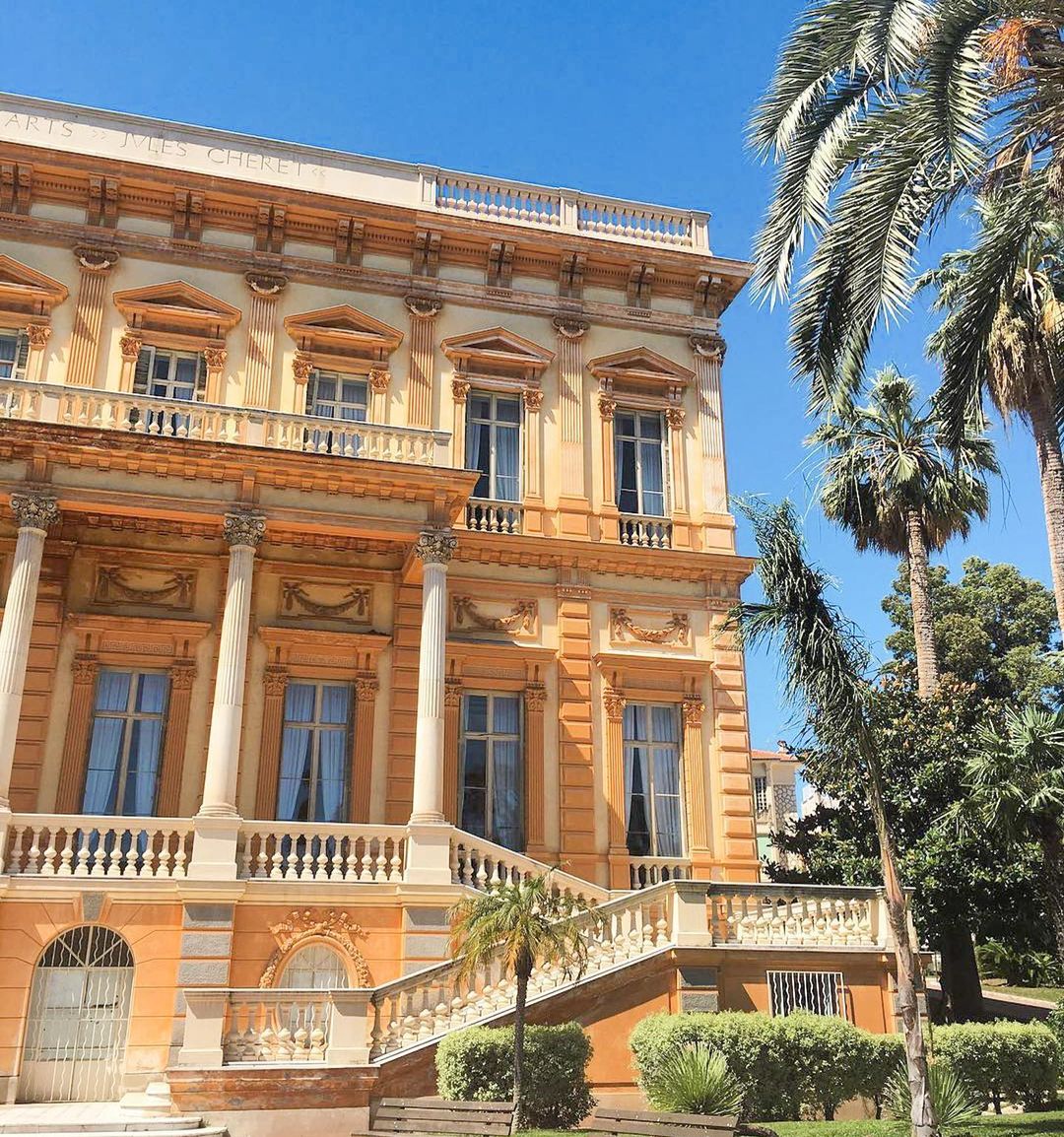
In Nice
If you are in Nice, in the Baumettes district, you certainly can’t miss “les 3 folies” which perfectly illustrate the Belle Époque heritage:
- The Villa Kotchoubey, now The Museum of Fine Arts (photo on the left)
- The neo-gothic Villa La Tour (one might think it dates from the Middle Ages with its crenellated towers, watchtowers and machicolations…)
- The Château des Ollières, in Gothic-Venetian style with Moorish influences.
In the Cimiez district, there is still a very Belle Époque atmosphere. Note, for example, the imposing apartment buildings that were once luxurious hotels such as the Majestic, the Excelsior Regina Palace (Queen Victoria had her quarters there) or the Alhambra, in Moorish style.
Further south, in the district of Mont Boron and Cap de Nice, stands the incredible Château de l’Anglais, an astonishing building recognisable by its round shape and neo-Mughal style colours.
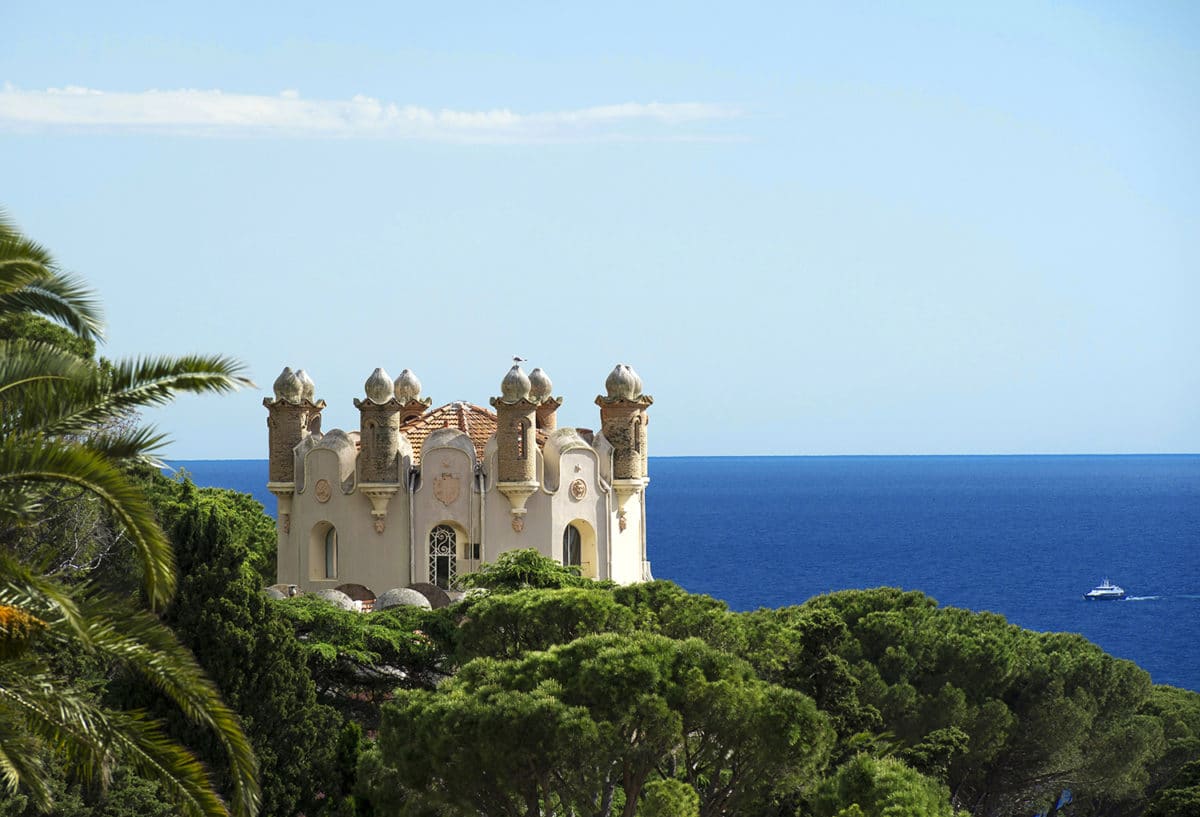
@OTM NCA / H.Lagarde
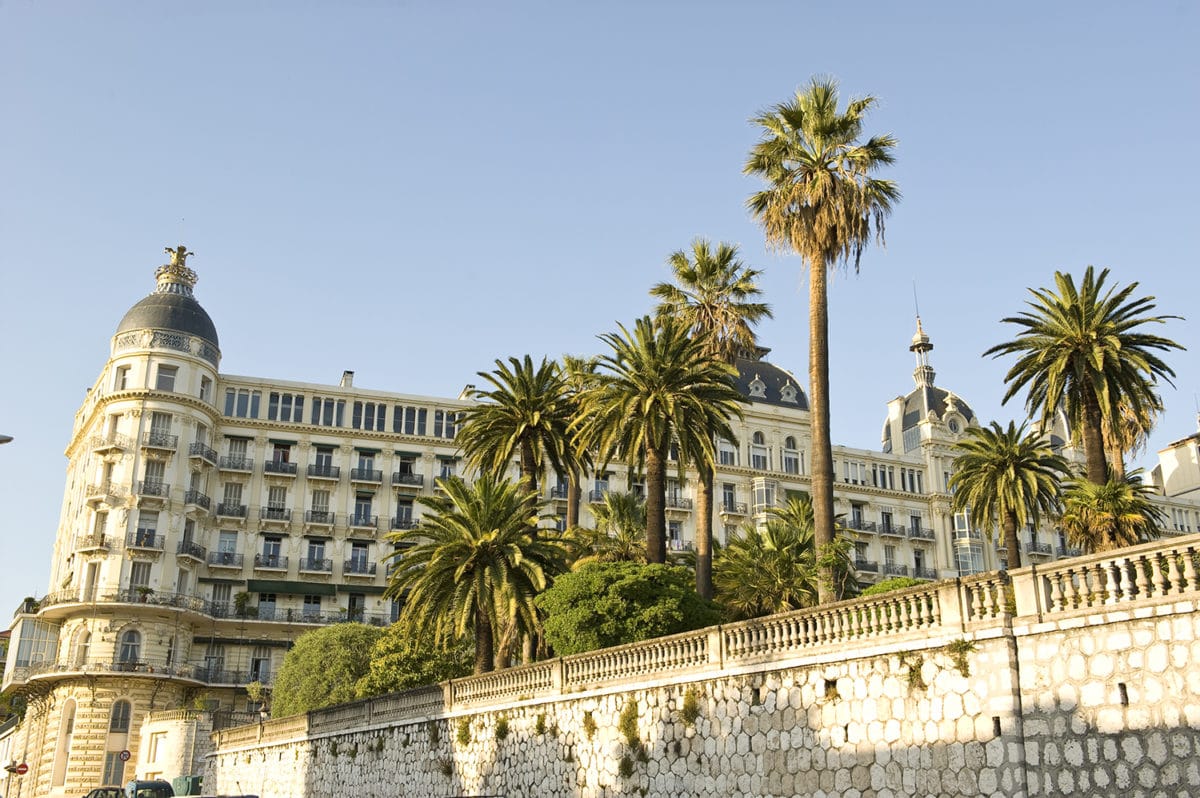
@OTM NCA / H.Lagarde
2 – Immersion in the Belle Époque
If you want to take a break from the Belle Époque, go to the Villa Ephrussi de Rothschild or the Greek Villa Kérylos or to a top-of-the-range hotel.
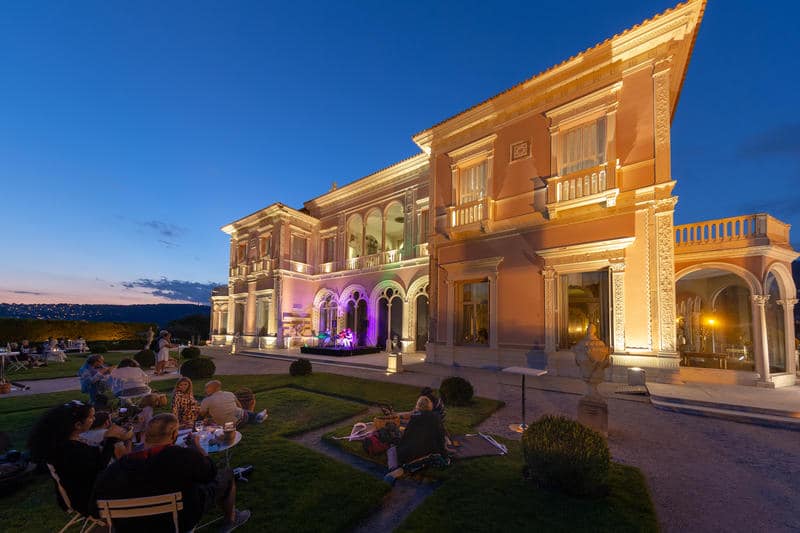
The Villa and gardens Ephrussi de Rotschild, jewels of the French Riviera!
The Italian Renaissance style villa is imposing by its position, its colour and its nine remarkable themed gardens! The gothic style entrance, the patio with its pink Verona marble columns and the formal garden that extends across the front of the villa to the Temple of Love are immediately appealing.
It was the crazy dream of Baroness Béatrice Ephrussi de Rothschild who wanted a grandiose palace to house her collections of works of art found on her travels. It is easy to imagine the social events she organised there.
During the creation of the formal garden, the employees were put to work, disguised under green paper cones to materialise the cypress trees.
It is also said that the Baroness stole the land from her neighbour, a certain Leopold II, King of the Belgians, who until then owned half of Cap-Ferrat.
To experience the magic of this sumptuous era for just a moment, we advise you to follow the guided tour with the help of the Villa’s audio guides.
The Villa Kerylos, the folly of a man in love with ancient Greece!
The Villa Kérylos can be considered a truly original work! It is the result of a successful collaboration between a brilliant man, Théodore Reinach, and the architect Emmanuel Pontrémol. This eccentric project was completed between 1902 and 1908.
Inspired by the villas of the island of Delos (2nd century BC), the Villa Kerylos is one of the most faithful testimonies of the Greek residences of Antiquity but with the modern (and luxurious) comfort of the Belle Époque.
As you would expect, you are fascinated by the beauty of the place! Everything is reproduced in the smallest detail, with taste and precision. From the furniture, to the crockery and the supplies in the villa, nothing has been left to chance. Some of the objects have been found during the stays in Greece of this passionate man.
The materials chosen are of high quality, as illustrated by the Carrara marble peristyle and the mosaics and woodwork that make up the premises. The happy owner liked to live as in ancient times! For example, he wore a chlamydia (a short, slit coat, stapled to his shoulder) and wanted his guests to do the same!
The name Kerylos means “sea swallow”, which in mythology, announced a happy omen. One can easily imagine the happy moments shared in this beautiful house!
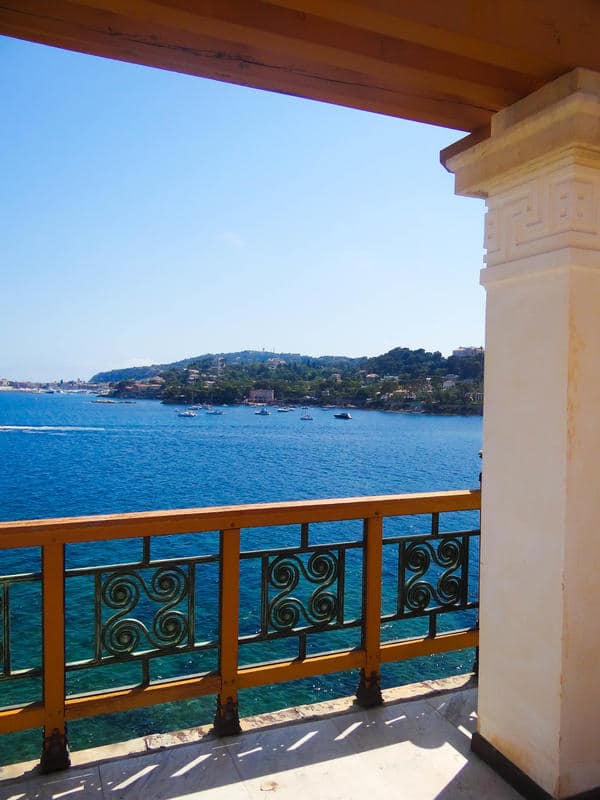
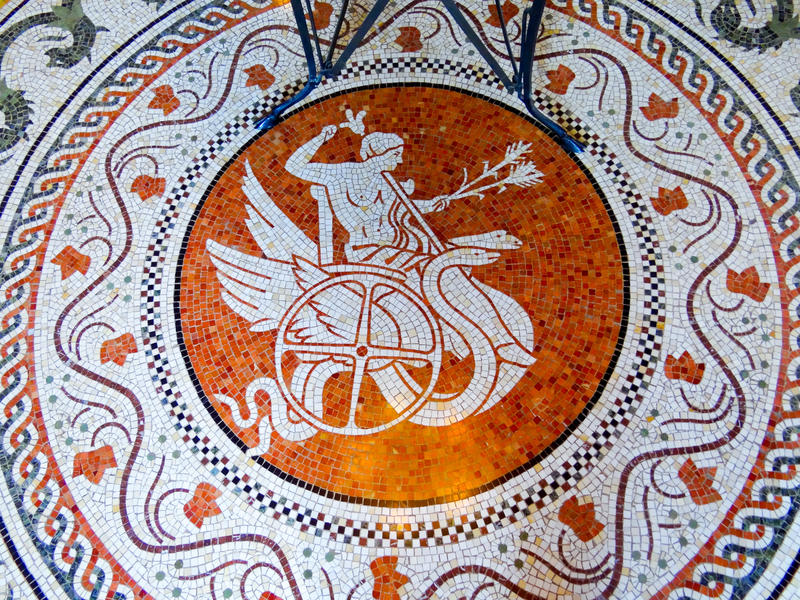
Experience the Belle Époque in the legendary hotels of the French Riviera!
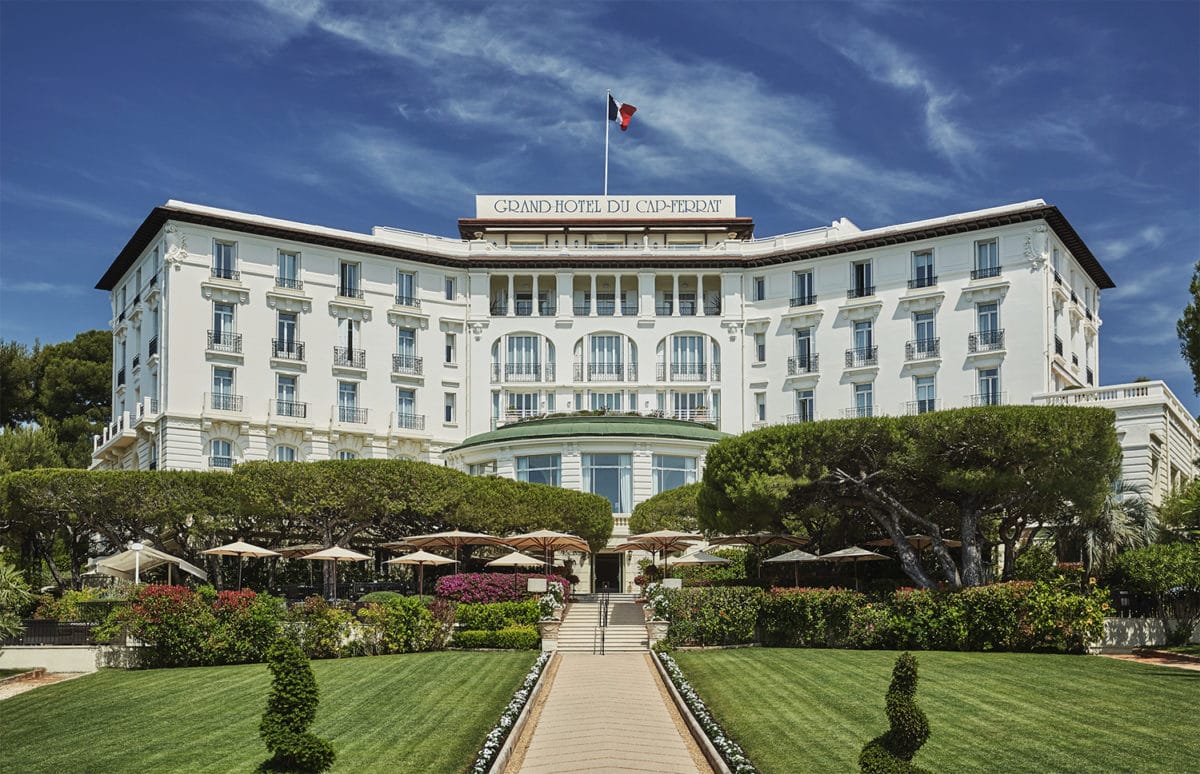
Grand-Hôtel du Cap-Ferrat, A Four Seasons Hotel, Saint-Jean-cap-Ferrat :
Don’t miss its immaculate lobby and the Eiffel-style rotunda overlooking the Aleppo pines.
This hotel is nestled in a green setting at the tip of Cap-Ferrat.
Le Négresco, Nice:
A testament to a glorious era with its magnificent Salon Royal and its glass roof, its joyful mix of periods and styles and its collection of works of art.
Le West End, Nice :
The first hotel built on the Promenade des Anglais (1842), whose sumptuous façade is listed.
Le Westminster, Nice :
We like the frescoes in the Great Hall or the unique collection of paintings by the painter Bensa representing views of Nice before 1860.
La Réserve, Beaulieu-sur-Mer
The history of La Réserve is closely linked to an emblematic character, the journalist and owner of the New York Herald newspaper, James Gordon Bennett Junior. We owe him the installation of the city’s first telephone line and the construction of road accesses to facilitate his arrival and that of his guests!
3 – On the trail of the Belle Époque heritage in Beaulieu-sur-Mer and Cap d’Ail
As mentioned in the article 5 good reasons to love Nice Côte d’Azur in winter, a stop in the coastal towns of Beaulieu-sur-Mer and Cap d’Ail is a must.
The Belle Époque places of Beaulieu-sur-Mer :
The Square de Verdun, not far from the Villa Kérylos, is identifiable thanks to its large palm trees (even more beautiful at night, illuminated) which give the place a very special atmosphere. This public garden was part of the imposing Hôtel Bristol. This palace, built in 1899, welcomed the international aristocracy at the beginning of the 20th century. Tea dances were held in the magnificent adjoining rotunda. Le Bristol and the Rotonde are witnesses to this glorious past and fit perfectly into this timeless setting.
Similarly, just across the street, the Church of the Sacred Heart was built in 1899 to accommodate the ever-increasing number of faithful.
In the heart of the city, on Place Clemenceau, the imposing Palais des Anglais was the first hotel in the city. Once a luxury hotel, its majestic facade contains atypical ornaments such as a unicorn, a lion, and caryatids supporting the central dome. On another note, it was one of the first to be equipped with white porcelain toilets. A striking example of the great luxury of the time!
On the Place Marinoni, one can only admire the bandstand that has stood proudly since 1904. A true emblem of the Belle Époque, built by ironworkers, it housed a local orchestra that entertained the square. Even today, it continues to be the scene of the town’s festivals!
Our tip: the Beaulieu-sur-Mer Information Office offers a self-guided tour of the Belle Époque heritage, with a detailed map, or a guided tour during the summer season.
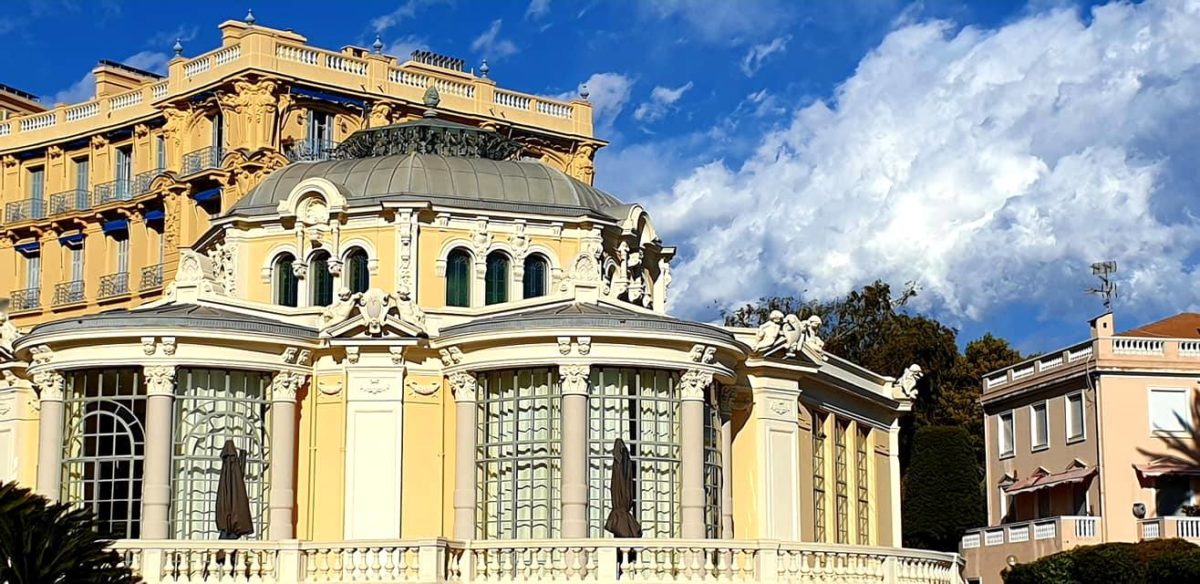
@OTM NCA
The exceptional residences of Cap d’Ail’s Belle Époque heritage
The town of Cap d’Ail is full of examples of Belle Époque buildings. Among the individual villas, we can cite:
- the Château des Terrasses,
- the Villa Lumière built for Auguste Lumière,
- the Villa Hélios which belonged to his brother Louis. The Lumière brothers are the inventors of the cinematograph.
The town of Cap d’Ail owes its development in part to the former Eden Hotel, now a private residence, in the Mala district. The railway station, the extension of the roads and many shops were built to satisfy the wealthy clientele who came on holiday.
The artist Sacha Guitry was a regular guest here. He often took refuge in his villa Les Funambules. A public park now bears his name.
Not far from there, the magnificent Villa Les Camélias highlights the local heritage but also the works of the artist Ramiro Arrué.
Our good plan: discover the very rich Belle Époque past of Cap d’Ail with a guide from the Tourist Information Office!
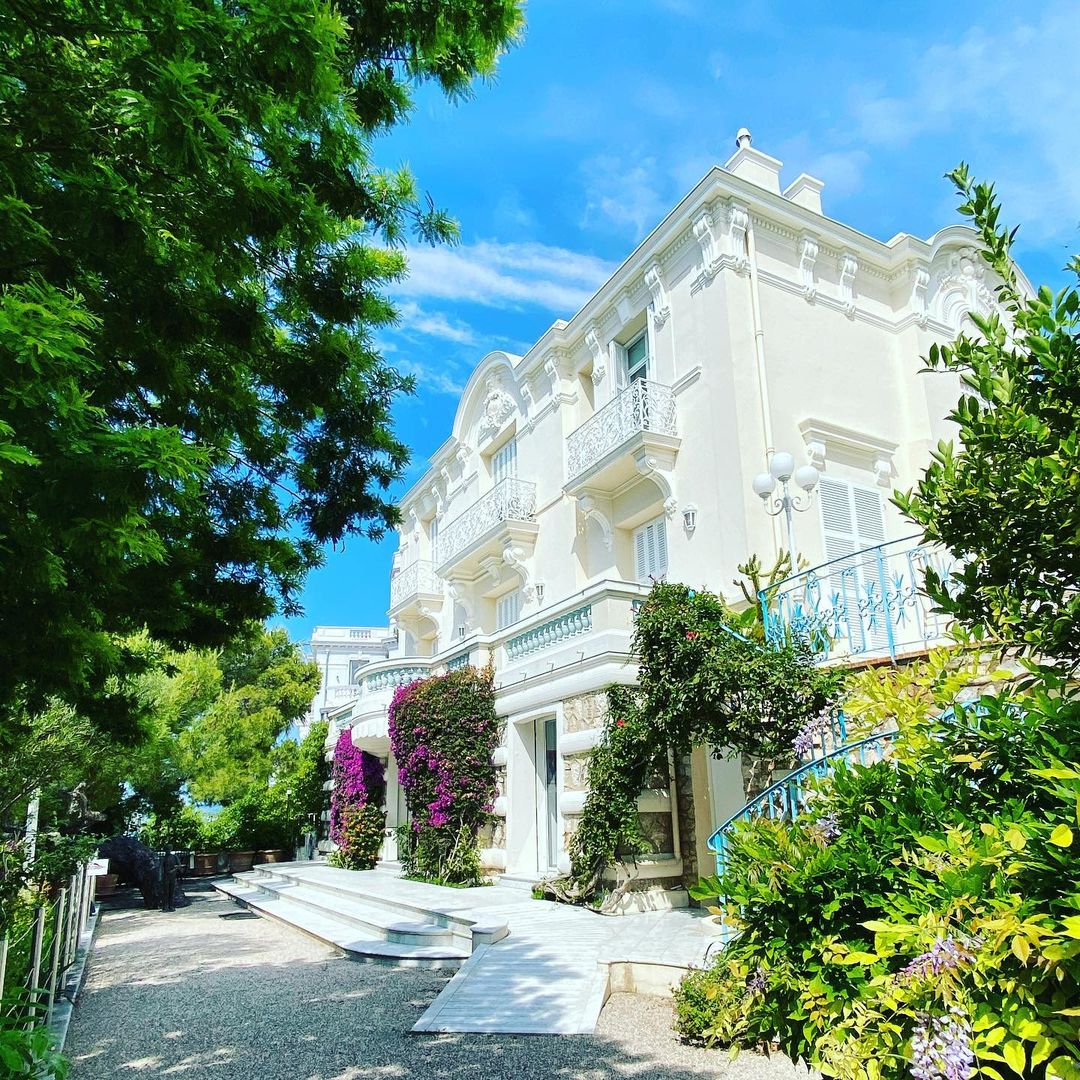
Other examples of Belle Époque heritage to discover in the surrounding area:
- The villa La Vigie in Saint-Jean-Cap-Ferrat (cover photo)
- The Castel Floréa in Villefranche-sur-Mer (on the Darse side)
- The Château de L’Aighetta in Eze (towards the Grande Corniche from the village)
On your own or with a guide, immerse yourself in the Belle Époque past that has made the reputation of our beautiful destination!


